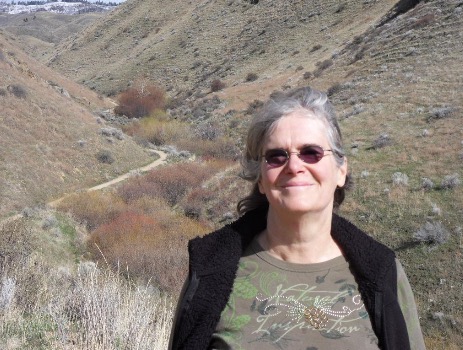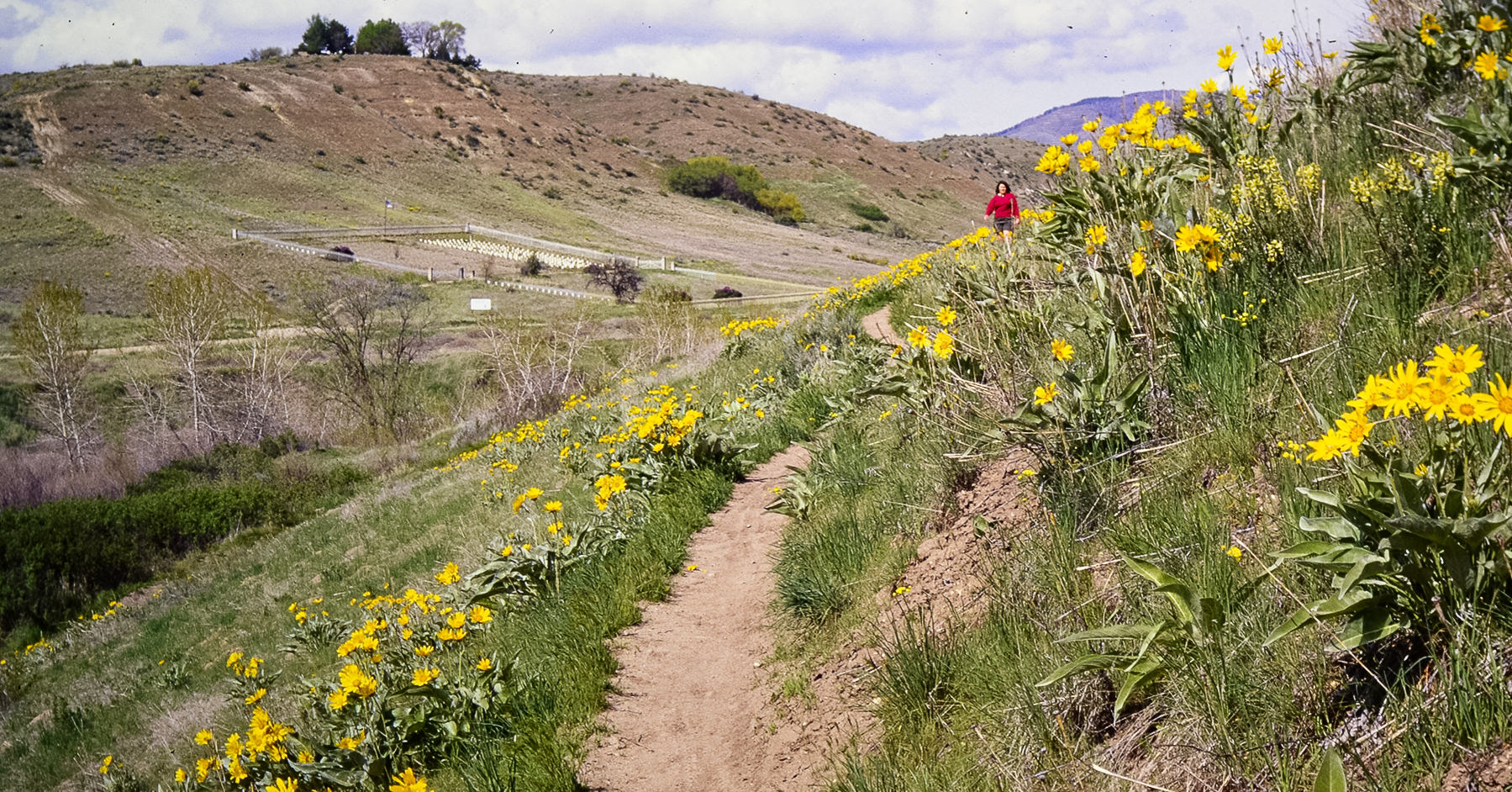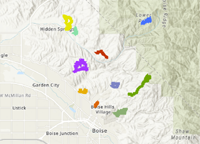Species list.
Uncategorized
Contact
Don’t hesitate to reach out with the contact information below, or send a message using the form.
Send Us a Message
About

Barbara Ertter is a 4th generation Idaho native, with a great-grandfather (Barnet E. Light) who was Boise’s first weatherman after being posted to Fort Boise. After attending schools in the North End, with the Boise foothills as a primary playground, Barbara went on to nurture her growing passion for botany at The College of Idaho, followed by graduate work with the authors of Intermountain Flora at University of Maryland and New York Botanical Garden. Most of her career was spent as Collections Manager/Curator of Western North American Flora at the University and Jepson Herbaria at the University of California, Berkeley, preceded by a 3-year stint as herbarium curator at the University of Texas, Austin. She began transitioning to early/quasi-retirement with the purchase of a delightful bungalow in Boise’s North End in 2005.
Back home, and with ready access to the foothills, Barbara’s seminal passion for the floristic “treasures” of the Boise Front became reignited. Since her return, she has been gradually working on a comprehensive flora of the area, as well as accumulating photographs and species lists for different trails. She began sharing what she has learned in 2018, in the form of guided wildflower walks on selected trails that harbor particularly rich wildflower displays and/or noteworthy species, including some recently and yet-to-be described. In addition to the plants themselves, the walks include an overview of the geology and ecology of the Boise Front, interwoven with historical tidbits and land management issues, all enriched by half a century of personal experience with past and present conditions. Making this information available on- line is the impetus for the current website, with the goal of increasing general appreciation (and hopefully conservation) of the “treasures” of the Boise Front.
Barbara’s research interests have also encompassed a broad diversity of other loosely overlapping projects. In the floristic realm, she created the authoritative Annotated Checklist of the East Bay flora: Native and Naturalized Vascular Plants of Alameda and Contra Costa Counties, and updated Mary Bowerman’s classic The Flowering Plants and Ferns of Mount Diablo, California. As the American expert on the genus Potentilla (a large and confusing relative of strawberries) and related genera, and also native western roses, she is senior author on treatments in Flora of North America North of Mexico and The Jepson Manual: Vascular Plants of California. With a diversity of collaborators, she has described over 40 new plants from western North America, mostly Potentilla and relatives, with a long queue of potential novelties waiting in the wings. Her knowledge of comparable ecosystems was significantly enhanced by the unique opportunity to make 3 trips to Iran, including extensive fieldwork, in the early 2000’s, followed by fieldwork in Iraqi Kurdistan in 2010. Barbara has also delved deeply into the historical aspects of western North American botany, has written a chapter on “Bees and Flowers: A Love Affair” for California Bees and Blooms, and has been working on a recently discovered Miocene fossil flora in McCall.
Current research affiliations include the Harold M. Tucker Herbarium and Orma J. Smith Museum of Natural History at The College of Idaho, the Snake River Plains Herbarium at Boise State University, and a continuing connection with the University and Jepson Herbaria at UC-Berkeley.
OTHER CONTRIBUTORS
Paul Shaffer and Bob Gobeille are the primary contributors to website design and development. Martha Brabec has provided the interactive maps, Roger Rosentreter has shared his extensive lichen expertise, and Spencer Wood has helped with the geological descriptions.
Home

Treasures of the Boise Front
Learn about Idaho Wildflowers, Hike, Enjoy.
On-Line Flora, Recommended Wildflower Walks, and Other Natural History Tidbits
Welcome to Treasures of the Boise Front! If you want to:
- find out more about that flower you saw on a recent hike in the Boise foothills
- see options for good trails for wildflowers at a particular time of year
- just learn more about the unique natural history of the Boise Front
you’ve come to the right place! The purpose of this site is to help foster a general appreciation of what’s special about an area that an increasing number of us are calling home.
Please enjoy the trails and wildflowers, and leave them for others to enjoy. Stay on the trails, and also realize that the cumulative effect of off-leash dogs can damage particularly sensitive habitats. Our unique native flora is already under pressure from invasive weeds and habitat loss, so please resist the urge to pick flowers or harvest native plants in the Boise Front; information on possible uses of native plants are not included on this site for this reason.
Non-native species are an entirely different matter, with harvest subject to regulations and/or permission from the landowner or land management agency. Even better, become a Weed Warrior and learn to identify and help control the invasive plant species that are shoving aside our local “treasures”. The City of Boise’s Open Space and Foothills division works hard to promote native plant growth and restoration in the Foothills year-round.
WHAT IS THE BOISE FRONT?
As used here, the Boise Front covers public open space from the Greenbelt to the forested ridgeline, including Mores Mountain and Robie Creek Road, between Highway 55 and Blacks Creek Road. To increase the floristic diversity available on public land within a relatively short drive from downtown Boise, the lands around Lucky Peak Lake are also included, as is the area south of Boise as far as the Kuna-Mora Road. Within this area, we are fortunate to have an expanding network of excellent trails that provide access to a rich diversity of botanical “treasures”, some of which occur only in this part of Idaho and nowhere else in the entire world.
 Click here to see an expanded map
Click here to see an expanded map